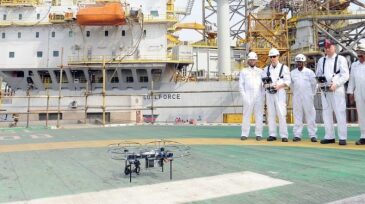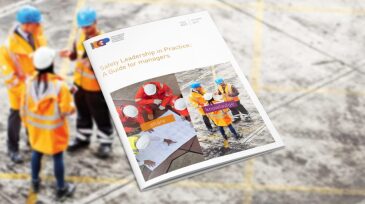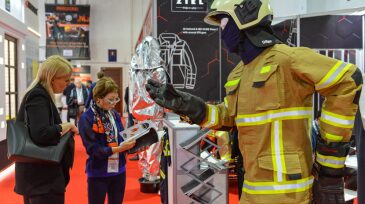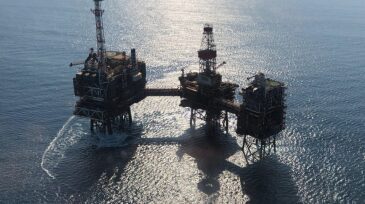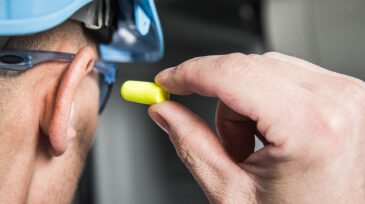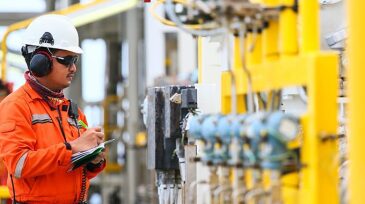Safety
This study ascertains the capital expenditure and operating expenditure associated with the reuse of existing facilities, specifically regarding a carbon capture and storage project being prepared in South Korea.
Sponsored
Advance your career with the new Pipeline Engineering Program at the Technical University of Leoben, a 5-month course combining on-campus and online learning, integrating industry expertise, engineering practice, and future-ready skills for professionals in oil, gas, and emerging energy systems.
A resilience-based approach to safety was the focus of a panel of experts at the 2025 SPE Annual Technical Conference and Exhibition in Houston.
-
The objective of this paper is to find a safer and more-efficient method for performing inspections on jack-up legs and inside tanks.
-
The new report, Safety Leadership in Practice: A Guide for Managers, builds on one released in 2013. Since 2013, the industry has gained a huge amount of experience and insight into how workplace cultures are formed. This document aims to collect and present that insight and experience.
-
Wearable technology will help drive personal protective equipment growth as the MENA region strives for safer workplaces.
-
Unmanned aerial vehicles are creeping up on ubiquity in the oil and gas industry, but their potential still firmly outweighs the actuality. A panel at the 2019 SPE Annual Technical Conference and Exhibition took a close look at the benefits of drones and at the tethers still holding back their use.
-
Most of you know the value of data in safety management systems. However, a lot of safety management systems mainly show the number of incidents or days without injuries. To really start adding value to the company, it is important to analyze the data and find out where important trends are.
-
Serica Energy has become the first operator to digitize safety in the North Sea after signing a deal to adopt the Restrata Platform, a piece of technology that provides real-time monitoring of people and assets.
-
Hearing loss is prevalent in workers in the mining and oil and gas extraction sectors. Approximately 61% of workers in mining and oil and gas extraction have been exposed to hazardous noise levels on the job, according to a study published in the American Journal of Industrial Medicine.
-
Equinor is working on a natural language processing tool that could combine data sources and help planners anticipate the issues that affect onsite operational safety.
-
Data submitted for the organization's annual safety performance indicators report recorded an 8% drop in the fatal accident rate and a decrease in fatalities from 33 in 2017 to 31 in 2018. This was against a background of a 2% increase in work hours reported.
-
Safety champions of the North Sea have been recognized at the 2019 Offshore Safety Awards in Aberdeen for striving to improve safety across offshore operations on the UK continental shelf.




